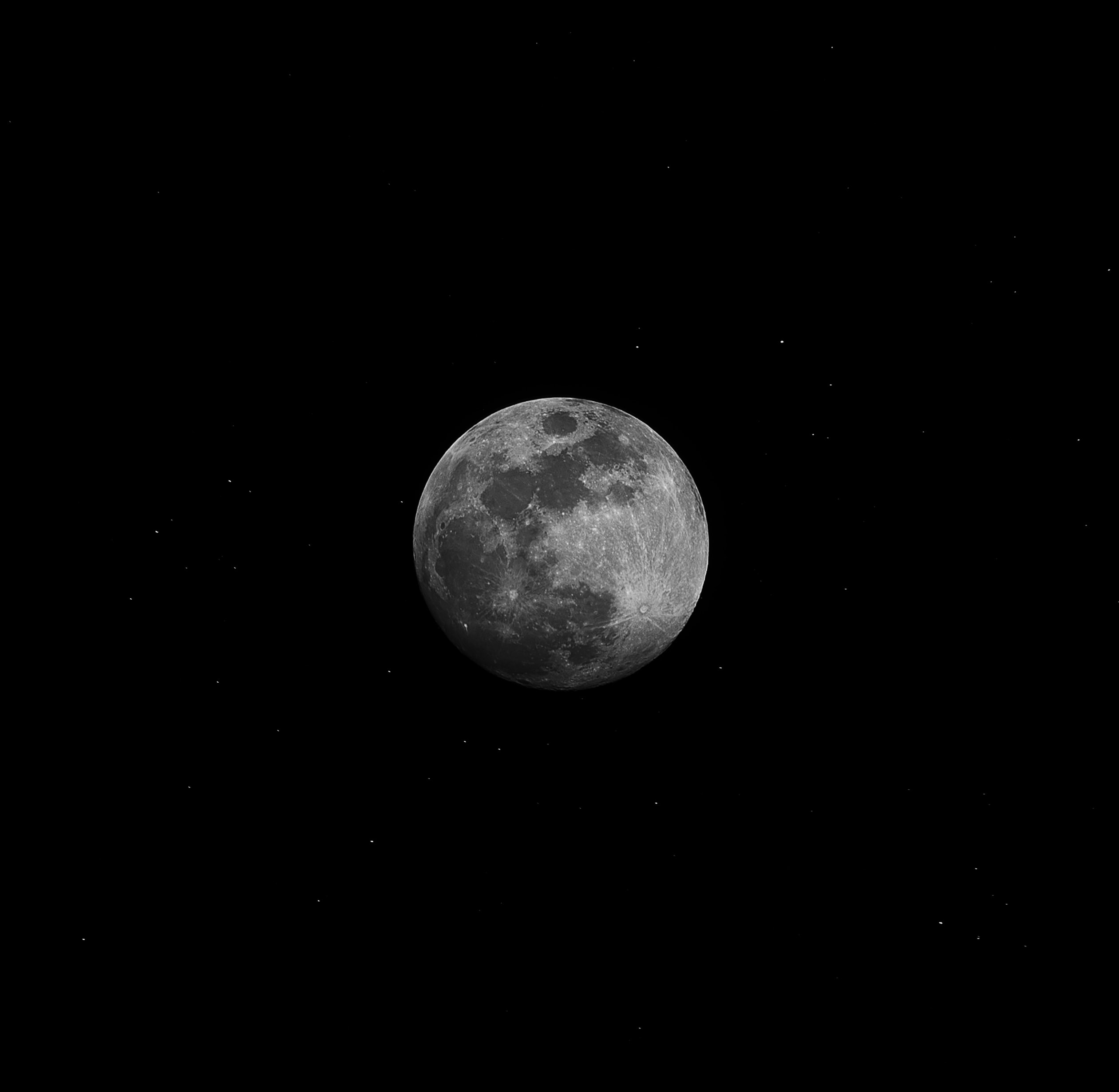How to Interpret Birth Chart in Vedic Astrology
Understanding our birth chart can provide valuable insights into our personality, strengths, weaknesses, and life patterns. Vedic astrology, an ancient Indian astrological system, offers a profound and detailed analysis of the birth chart, also known as the Janam Kundali. In this blog post, we will explore the key components of a birth chart and learn how to interpret them to gain a deeper understanding of ourselves.
What is a Birth Chart?
A birth chart is a snapshot of the heavens at the exact moment of our birth. It is created by plotting the positions of celestial bodies, such as planets and constellations, against the background of the zodiac signs. The birth chart is divided into 12 houses, each representing different areas of our life, such as relationships, career, and education.
The Ascendant – Rising Sign
The ascendant, also known as the rising sign, is the zodiac sign that was rising on the eastern horizon at the time of our birth. It plays a crucial role in defining our appearance, physical health, and overall personality. To determine your ascendant, you need to know your exact birth time.
For example, if your ascendant is Aries, you may have a strong personality, be assertive, and have a natural inclination towards leadership.
The Sun Sign
The Sun sign represents our core essence, ego, and vitality. It determines our central life purpose and the traits we exhibit when expressing ourselves. The position of the Sun in the birth chart indicates our strengths, weaknesses, and areas for growth.
For instance, if your Sun sign is Leo, you may possess natural leadership qualities, enjoy being in the spotlight, and have a creative and generous nature.
The Moon Sign
The Moon sign represents our emotional nature, subconscious mind, and how we nurture ourselves and others. It influences our instincts, intuition, and emotional responses to situations. To determine your Moon sign, you will need your date, time, and place of birth.
For example, if your Moon sign is Cancer, you may have a nurturing and empathetic nature, with a strong connection to your family and home.
The Planetary Positions
Besides the Sun and the Moon, the positions of other planets in the birth chart also play a significant role in shaping our personality and life experiences. Each planet represents different aspects of our lives, and their placements in various houses further refine their meanings.
Table 1: Planetary Positions in the Birth Chart
| Planet | Represents |
|---|---|
| Sun | Essence, ego, vitality |
| Moon | Emotions, subconscious, instincts |
| Mercury | Communication, intellect |
| Venus | Love, relationships, beauty |
| Mars | Action, energy, passion |
| Jupiter | Wisdom, expansion, luck |
| Saturn | Discipline, responsibility, obstacles |
Interpreting the Birth Chart
To interpret the birth chart, we need to consider the sign and house placements of each planet, as well as their interactions with each other. Here are some key factors to keep in mind:
1. Sign Placements
The zodiac signs infuse the planets with their qualities, modifying their expressions. For example, a Sun in Aries might exhibit fiery energy, while a Sun in Taurus may manifest as stubborn determination. Understanding the core essence of each sign is essential for accurate interpretation.
2. House Placements
The houses in the birth chart represent different areas of life. For instance, the 1st house represents the self, the 7th house relates to relationships, and the 10th house signifies career and reputation. The planets’ presence in specific houses sheds light on the experiences and challenges in those areas.
3. Aspects
Planetary aspects reveal the relationships between different planets. Favorable aspects enhance the positive qualities and bring harmony, while challenging aspects can create tensions and obstacles. Common aspects include conjunctions, squares, trines, and oppositions.
4. Yogas and Doshas
In Vedic astrology, yogas are specific planetary combinations that have significant effects on our lives. Some yogas indicate great success, while others may suggest challenges or delays. Doshas, on the other hand, signify certain imbalances or afflictions in the chart.
Seeking Professional Guidance
Interpreting a birth chart requires a deep understanding of astrology and years of practice. While this blog post offers a foundational understanding, seeking guidance from professional Vedic astrologers can provide more accurate and personalized insights into your birth chart.
In conclusion, interpreting a birth chart in Vedic astrology involves analyzing the positions of planets, signs, houses, aspects, yogas, and doshas. By considering these factors, we can gain a comprehensive understanding of our unique personality, potential, and life patterns, empowering us to make informed decisions and navigate our life’s journey more consciously.
Table of Contents
